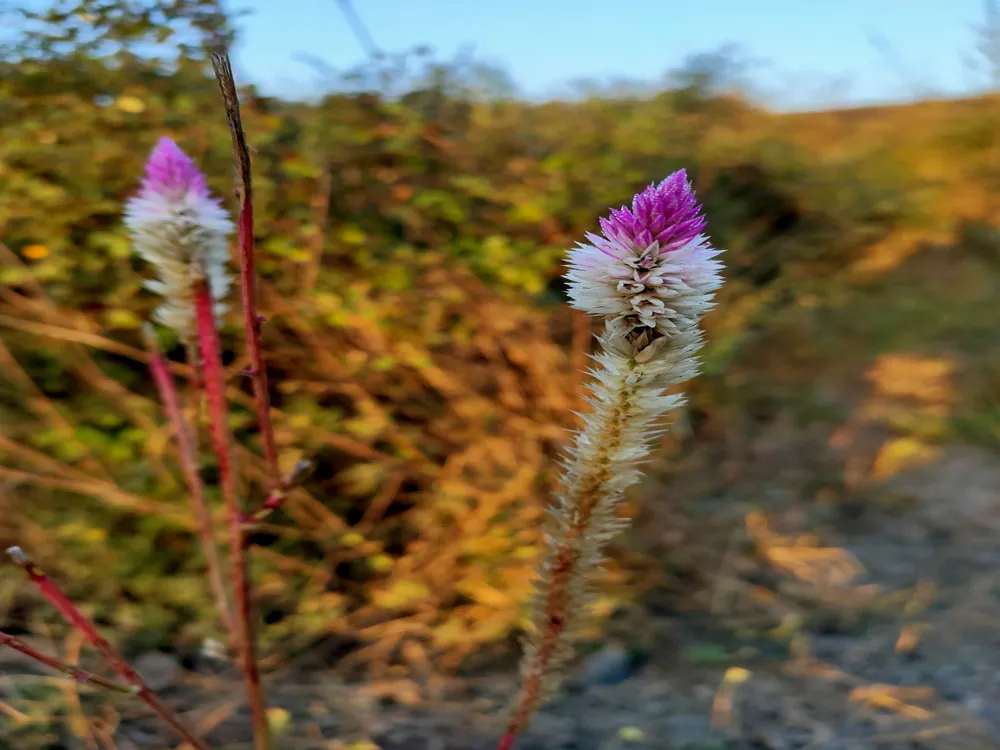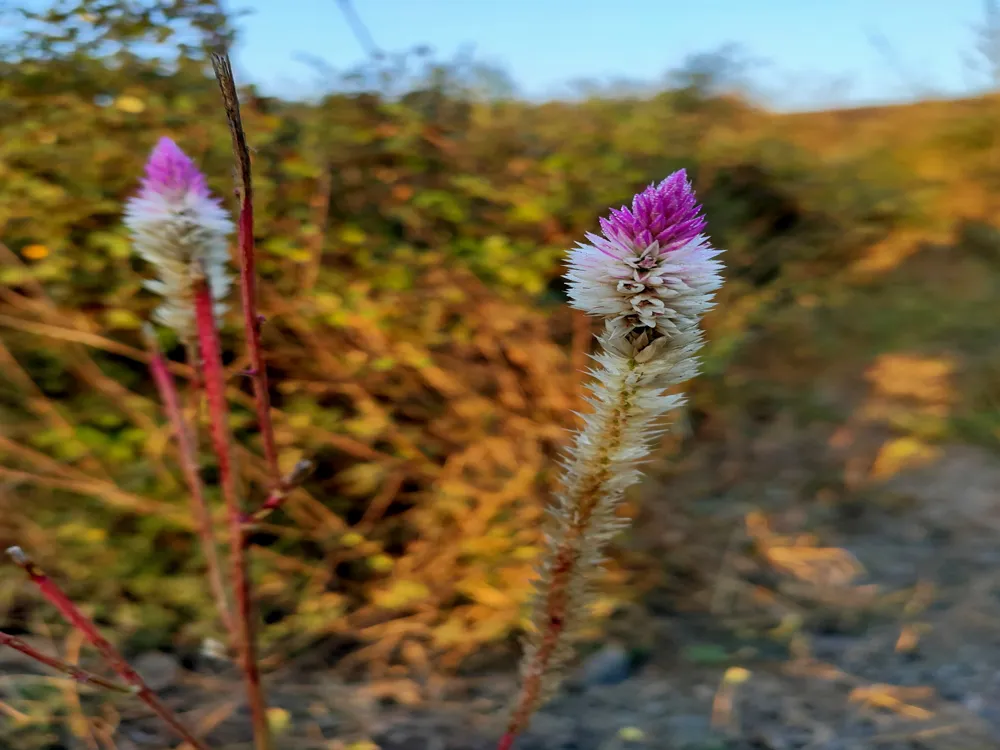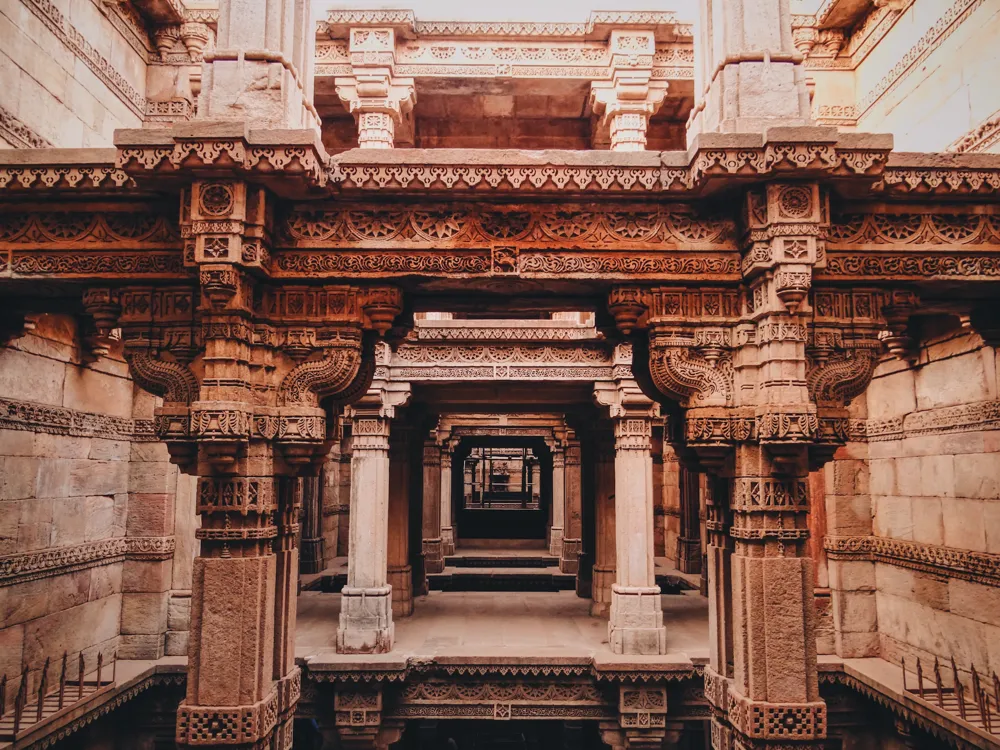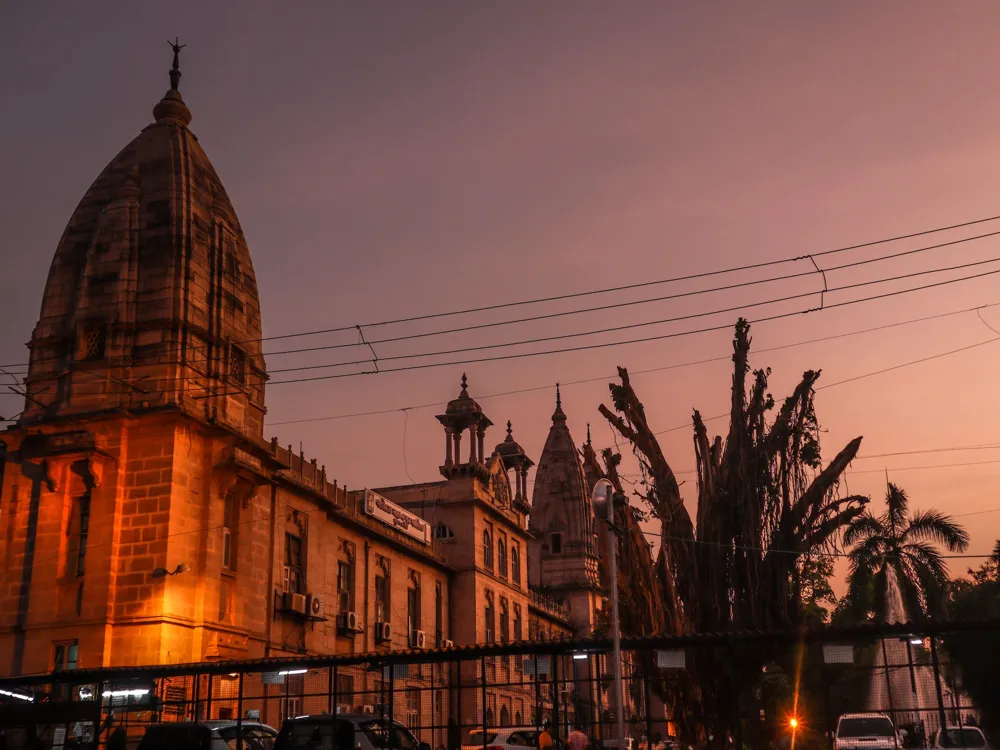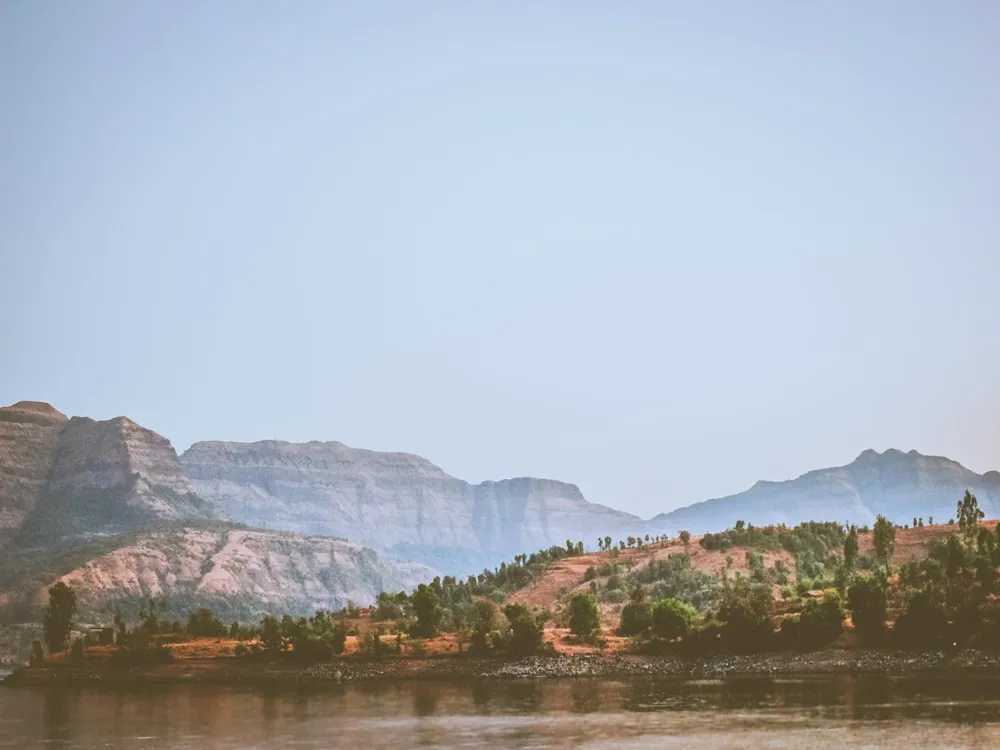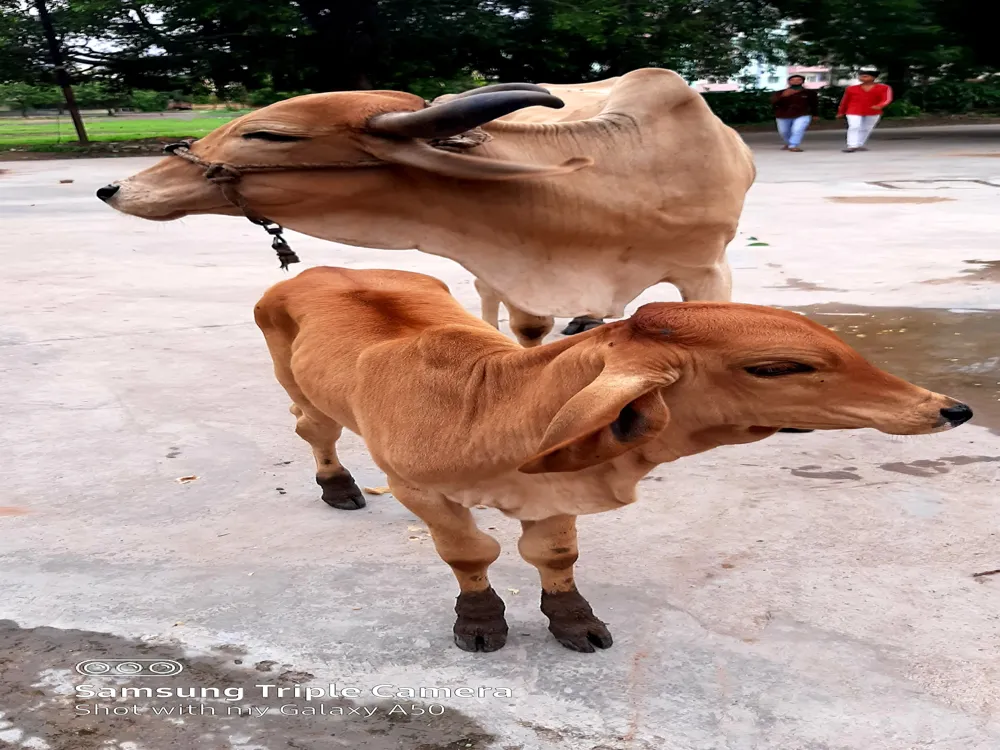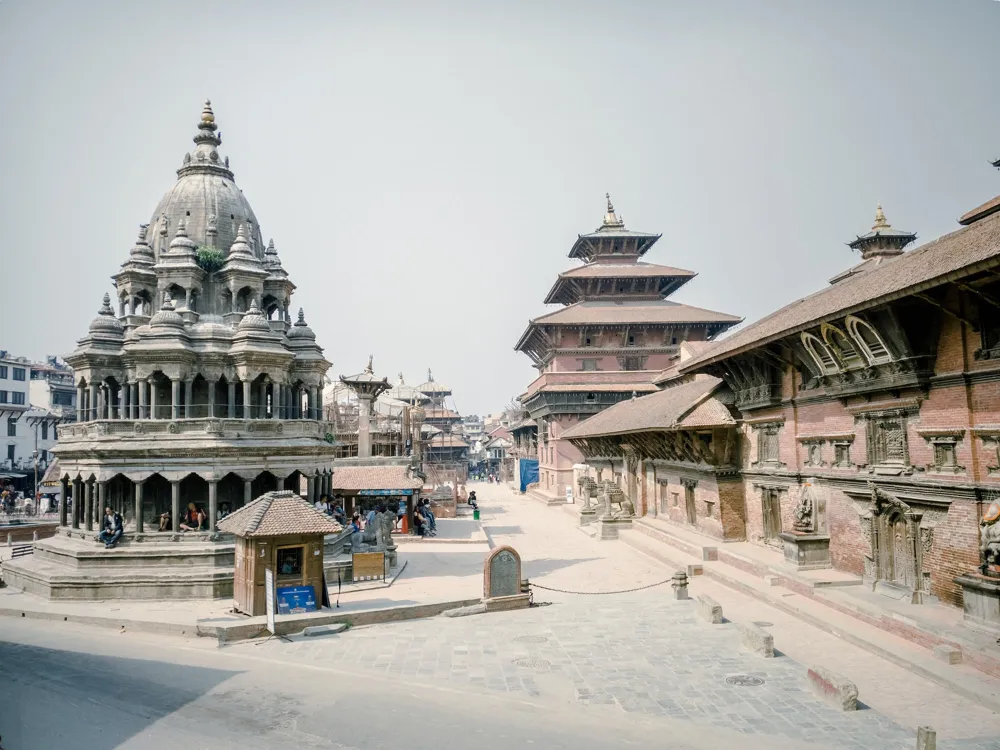Takhteshwar Temple, located in Bhavnagar, Gujarat, is a prominent cultural and historical landmark, revered by many for its spiritual significance and architectural beauty. Situated on a hilltop, it offers a panoramic view of the Gulf of Khambhat and the city of Bhavnagar. The temple is dedicated to Lord Shiva and is named after Maharaja Takhtasinhji, who initiated its construction in 1893. The temple has since been a beacon of spirituality and heritage, attracting visitors and devotees from all over the country. The architecture of Takhteshwar Temple is a brilliant example of skilled craftsmanship and ancient design principles. Made entirely of white marble, the temple stands as a symbol of purity and serenity. The intricate carvings on the pillars and the walls depict stories from Hindu mythology, adding to the temple's religious significance. The sanctum sanctorum houses a Shiva Lingam, which is the focal point of worship and devotion. The temple's design reflects a blend of traditional and modern architectural styles, making it a unique representation of Gujarat's cultural heritage. The cultural significance of Takhteshwar Temple lies not only in its religious aspects but also in its role as a center of social gatherings and festivals. The temple is particularly lively during Maha Shivaratri, when thousands of devotees flock to offer prayers and seek blessings. It's also a place where traditional music and dance performances are held, showcasing Gujarat's rich cultural tapestry. For those interested in history and architecture, Takhteshwar Temple is a treasure trove. The temple's location on a hilltop was strategically chosen to provide a defensive vantage point in the past, and now offers visitors breathtaking views of the surrounding landscape. The temple's history is closely linked with the royal family of Bhavnagar, and it stands as a testament to their patronage of art and culture. In summary, Takhteshwar Temple is not just a religious site but a symbol of architectural grandeur and cultural richness. Its serene ambiance, coupled with its historical and spiritual significance, makes it a must-visit destination for anyone traveling to Gujarat. The architectural brilliance of Takhteshwar Temple lies in its intricate design and construction, which is a fine example of the skill and artistry of the time. Built entirely of white marble, the temple exudes a sense of purity and tranquility. The marble was sourced from the quarries of Rajasthan, known for their high-quality stone, and transported to Bhavnagar, where skilled artisans carved each piece with precision and care. One of the most striking features of the temple's architecture is its central dome. This dome, adorned with intricate carvings and sculptures, is a hallmark of traditional Indian temple architecture. The dome is surrounded by smaller domes and spires, which add to the temple's majestic appearance. The central dome is supported by beautifully carved pillars, each telling a story from Hindu mythology. These pillars are not just structural elements but also serve as a canvas for showcasing the artistic talents of the craftsmen. The temple's main sanctum, where the Shiva Lingam is housed, is a place of deep spiritual significance. The sanctum is designed to focus the devotee's attention on the deity and facilitate a connection with the divine. The natural light that filters through the temple's open spaces plays with the marble's translucence, creating an ethereal atmosphere conducive to meditation and prayer. The temple complex also includes various subsidiary shrines and halls, each with its unique architectural elements. These structures blend seamlessly with the main temple, creating a cohesive and harmonious layout. The use of white marble throughout the temple complex gives it a unified and elegant appearance, making it a masterpiece of architectural design. In conclusion, the architecture of Takhteshwar Temple is a testament to the ingenuity and skill of ancient Indian craftsmen. Its blend of structural integrity, artistic beauty, and spiritual ambiance makes it a remarkable example of temple architecture and a true gem of Gujarat's cultural heritage. When planning a visit to Takhteshwar Temple, consider the timing of your visit. The temple is open from early morning until late evening, but visiting during sunrise or sunset can offer a spectacular view of the city and the Gulf of Khambhat. Additionally, visiting during festivals like Maha Shivaratri can be a unique experience, but be prepared for larger crowds. Visitors are advised to dress modestly, keeping in mind the temple's religious significance. Traditional Indian attire is recommended, but not mandatory. Footwear must be removed before entering the temple premises. It's also important to maintain a respectful demeanor and avoid loud conversations or disruptive behavior. The temple offers basic facilities like drinking water and restrooms. There are also small shops nearby where you can buy religious offerings and souvenirs. However, it's advisable to carry your own water bottle and essentials, especially during peak summer months. Takhteshwar Temple is well-connected and easily accessible from various parts of Gujarat. The nearest airport is Bhavnagar Airport, located approximately 6 kilometers from the temple. For those traveling by train, Bhavnagar Terminus is the closest railway station. The city is also well-served by a network of roads, making it accessible by bus or car. Local transportation options like auto-rickshaws and taxis are readily available for convenient travel within the city. READ MORE:-Overview of Takhteshwar Temple, Bhavnagar, Gujarat
Architecture of Takhteshwar Temple
Tips When Visiting Takhteshwar Temple
Planning Your Visit
Dress Code and Conduct
Facilities and Amenities
How To Reach Takhteshwar Temple
Takhteshwar Temple
Bhavnagar
Gujarat
NaN onwards
View bhavnagar Packages
Weather :
Tags : Temple
Timings : 5:30 AM to 7:00 PM
Planning a Trip? Ask Your Question
Bhavnagar Travel Packages
View All Packages For Bhavnagar
Top Hotel Collections for Bhavnagar

Private Pool

Luxury Hotels

5-Star Hotels

Pet Friendly
Top Hotels Near Bhavnagar
Other Top Ranking Places In Bhavnagar
View All Places To Visit In bhavnagar
View bhavnagar Packages
Weather :
Tags : Temple
Timings : 5:30 AM to 7:00 PM
Planning a Trip? Ask Your Question
Bhavnagar Travel Packages
View All Packages For Bhavnagar
Top Hotel Collections for Bhavnagar

Private Pool

Luxury Hotels

5-Star Hotels

Pet Friendly









